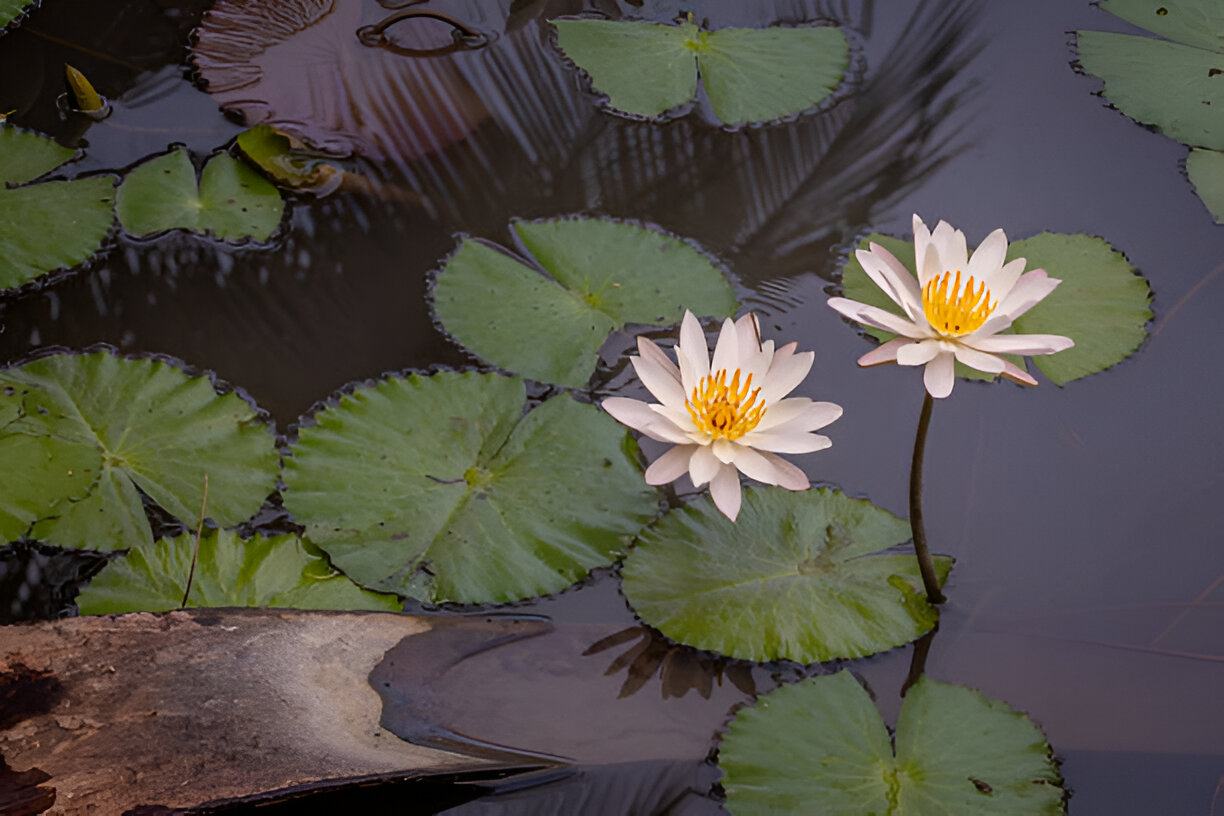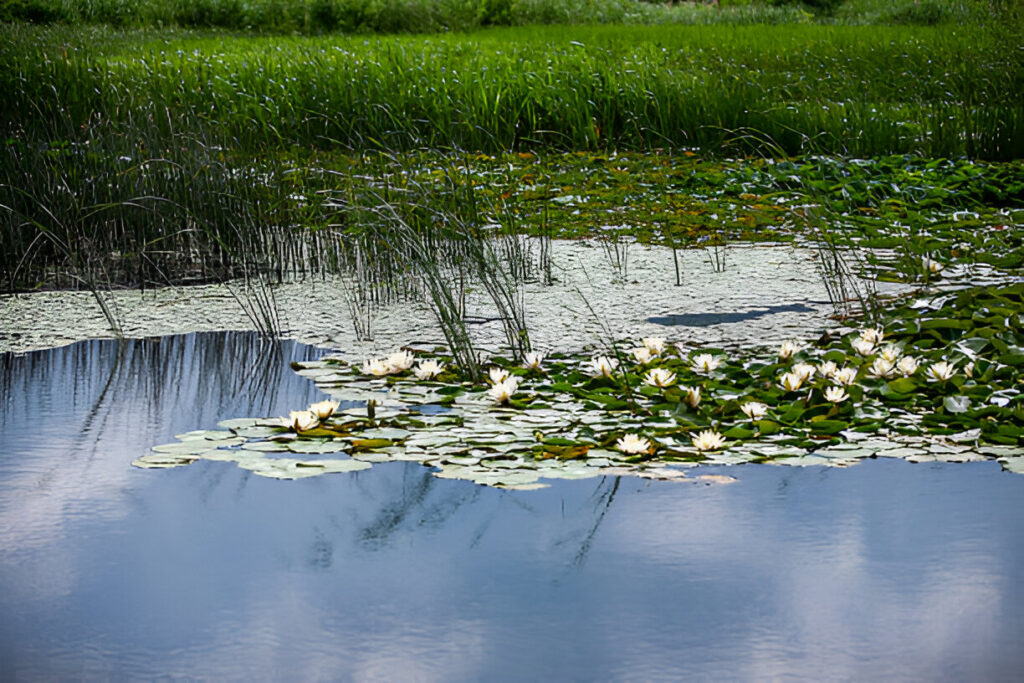
Dive into Spring with a Fresh and Thriving Pond
Your garden pond requires proper care during springtime following several months of winter climate. Spring offers the best opportunity to restore water features, resulting in clear water, healthy fish, and thriving aquatic plants.
Whether you rely on a pond drum filter or natural treatments, a little maintenance now will keep your pond thriving all season. The expert water care professional at Pond Guy advises pre-emptive spring maintenance to stop algae growth and maintain ecological balance.
The pond owners who follow their established methods receive magnificent results through straightforward procedures.
1. Clear Out Winter Debris for a Fresh Start
During winter every pond suffers a heavy loss of leaves and twigs while existing plant matter triggers decomposition processes. The accumulation of such material eventually turns into rot, producing dangerous toxins while decreasing oxygen availability in the pond water.
What to Do:
- The pond skimmer net is an efficient tool for collecting floating pond debris.
- The use of pond vacuums provides an efficient approach to collecting buildup deposits from pond bottoms.
- Trim dead foliage from marginal plants to encourage new growth.
Why It Matters:
A clean pond prevents algae outbreaks and keeps fish healthy.
2. Give Your Equipment a Spring Checkup
Inspection of filtration system equipment, including pumps and filters alongside UV clarifiers, should occur during early spring because these components work continuously throughout the year.
Key Steps:
- Clean the pond drum filter and replace worn-out media.
- Inspect the pump impeller for damage or obstructions.
- A new UV bulb needs to replace anything that surpasses a twelve-month lifespan.
What Happens If You Skip It?
Clogged filters reduce water circulation, leading to murky water and stressed fish.

3. Test and Balance Your Water Quality
Winter can throw off your pond’s chemistry. Testing helps detect imbalances before they become problems.
What to Check:
- pH levels (ideal range: 7.5–8.5)
- Ammonia & Nitrites (should be near zero)
- Nitrates (keep below 20ppm).
Quick Fixes:
- Use a pH adjuster if levels are off.
- Add beneficial bacteria to break down waste naturally.
4. Boost Beneficial Bacteria and Plant Health
After winter, your pond’s natural bacteria colony may need reinforcement.
How to Help:
- Add a bacterial treatment to kickstart biological filtration.
- Prune overgrown plants and fertilize new ones with aquatic plant food.
Why It Is Essential:
Healthy plants absorb excess nutrients, reducing algae growth.
5. Ease Your Fish Back into Active Life
Fish metabolism slows in cold water, so reintroduce feeding carefully.
- Best Practices:
- Start feeding when water reaches 10°C+.
- Use high-quality spring fish food for easy digestion.
- Watch for signs of illness (lethargy, sores, gasping).
Pro Tip: A fish health supplement strengthens immunity after winter stress.
Bonus: Plan Ahead for Easier Maintenance
Prevent future headaches by staying on top of care:
- Install a leaf net in autumn to reduce debris.
- Use sludge remover monthly to prevent muck buildup.
Final Thoughts
The process of pond revival during spring does not require stressful efforts. Follow this debris removal procedure combined with equipment maintenance, water measurement, bacterial application, and fish care. You can achieve a lively, flourishing pond for warmer seasons.


















